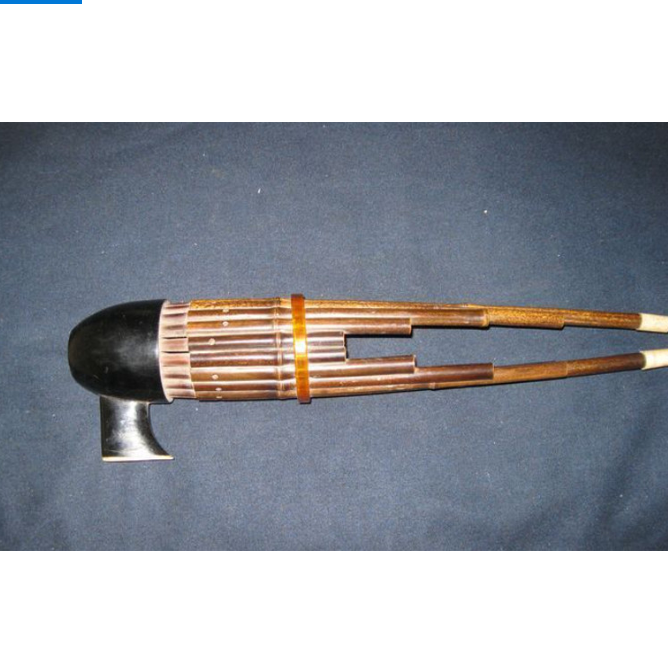Sheng's structure
Sheng is mainly composed of three parts: Sheng spring, Sheng Miao (that is, many bamboo pipes of different lengths on the Sheng body) and Sheng bucket (that is, the Sheng base connecting the mouthpiece).

Generally, the palace sound pipe (also known as "shangxu" or "xiu Lao") is the highest pipe in the center.
The length of the pipe is like a phoenix wing, and its waist is hoop with a "bamboo hoop" (also known as "guyu"), and a certain part of the upper end of each pipe has a rectangular sound window (also called "inner opening"). The actual distance from the reed to the sound window is the effective tube length of the coupled vibration.
The pitch of the reed is adjusted according to the size of the wax bead on the tip of the reed. Since the pre-Qin period, the shape of the Sheng has changed a lot. Before the Han Dynasty, the Sheng tube was mostly made of reed bamboo or purple bamboo, the reed was made of bamboo, and the Sheng bucket was made of gourd. After the Han Dynasty, the reed was gradually changed to copper.
During the Sui and Tang Dynasties, the Shengdou was made of wood, and the surrounding areas of the Shengdou were painted with lacquer.
In modern times, Su Sheng produced in Suzhou and Fang Sheng in Henan used wooden buckets, and Sheng produced in Shandong began to use metal buckets. In the pre-Qin period, the number of sheng tubes was 12 to 18, and in the Tang and Song Dynasties, the number of sheng tubes increased to 17 to 19.
 渝公网安备 50010702504639号
渝公网安备 50010702504639号